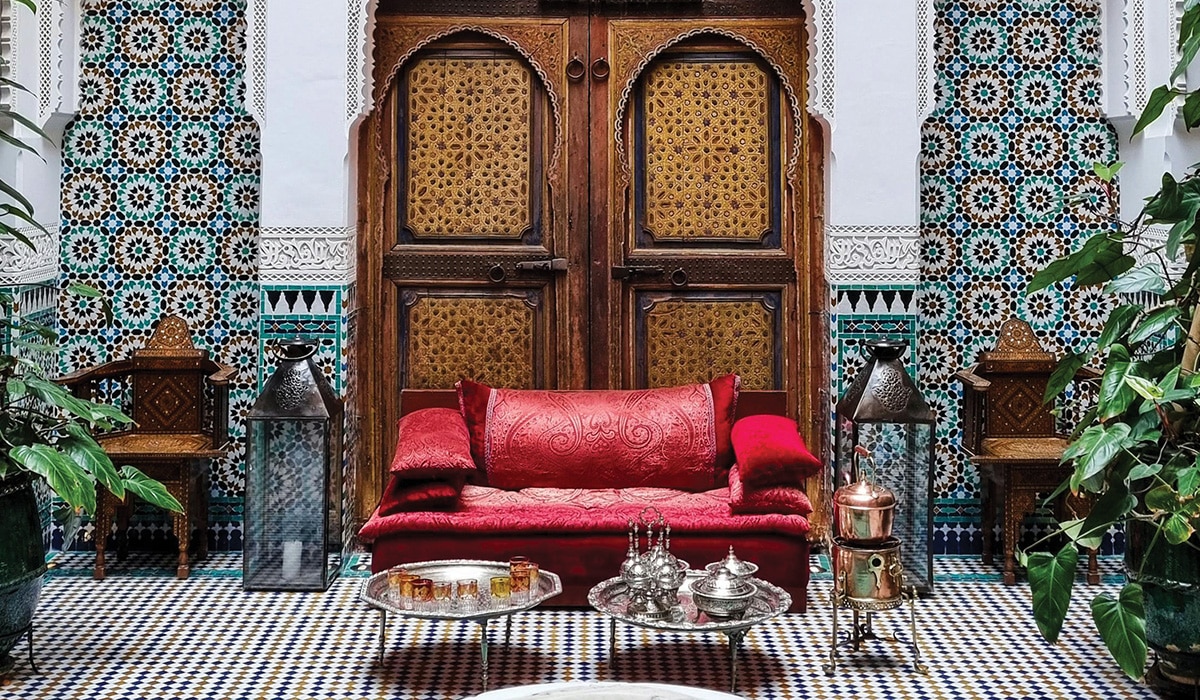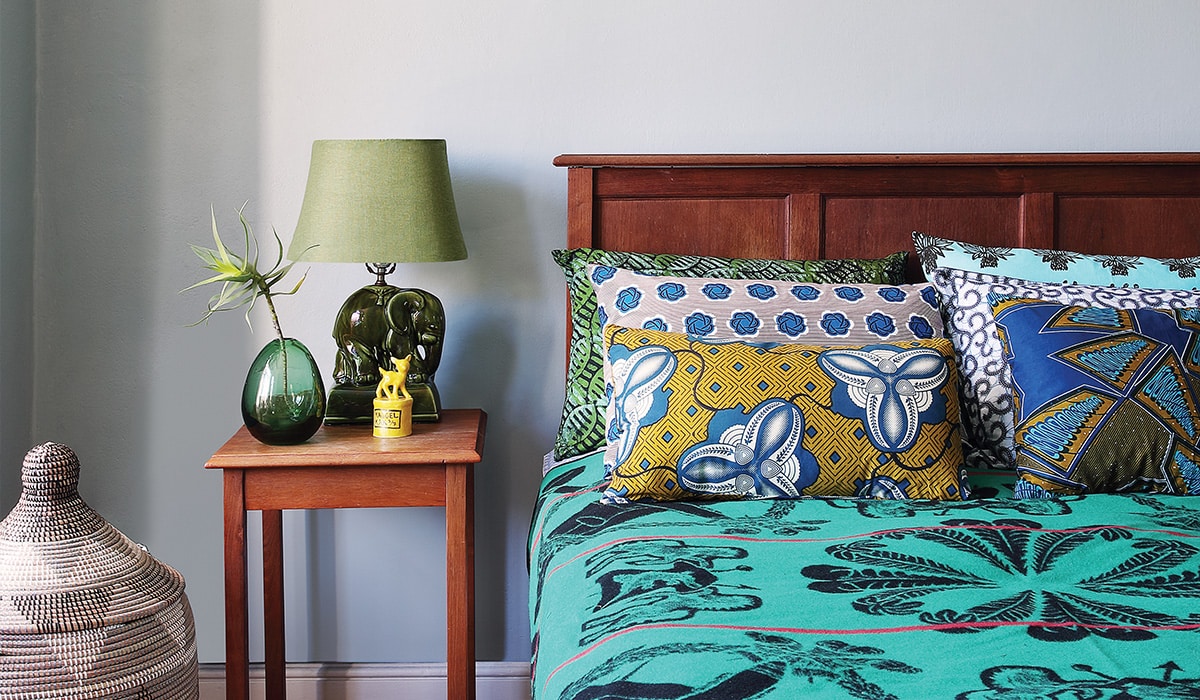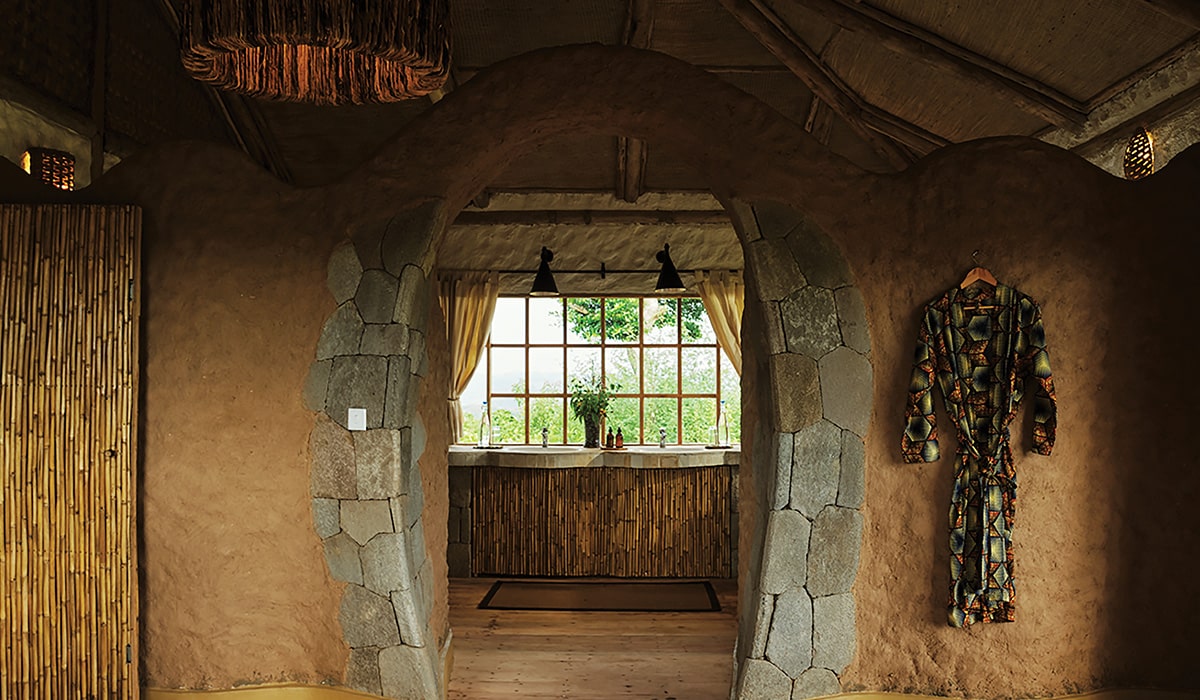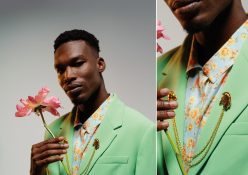A glance at different African design styles and how to adapt them into your own home.
African design is a mosaic of different styles, patterns, textures and expressions. Shaped by centuries of artisanal craftsmanship, oral tradition, migration and ritual, it offers a visual language that’s rooted in each of the respective locale and culture. Whether handwoven, hand carved or handed down, African design reflects the beauty of landscapes and the people who inhabit them. From Morocco’s maximalism to Uganda’s intricate weaving, African aesthetics are anchored by its people, so we’ve highlighted a few destinations across the continent that showcase this diversity and how you can incorporate these design styles into your home.

Morocco
Influenced by its landscapes and diverse history, Moroccan design is characteristically sensorial, blending Andalusian architecture and Islamic artistry with shapes, patterns and colours that speak to the North African country’s cultural heritage. This cultural layering is reflected in its interior design style, where colour and comfort are paramount, creating spaces that are instantly recognisable and maximalist yet curated. Tactility is what sets Moroccan design apart: surfaces are rarely flat or undecorated, and every texture tells a story. Handwoven Berber rugs ground spaces in warmth and tradition, while carved wood features and accents in brass or hammered silver are staples. Intricate zellij tiles, arched doorways, arabesque motifs and lanterns evoke a sense of tradition. They also maintain a contemporary feel, where ornate details meet earthen tones to create its distinct visual language.
To bring this style into your own home, opt for handwoven kilims or rugs to instantly bring texture into the space or a colour palette inspired by North African landscapes, such as sand, taupe, beige, royal blue and terracotta. Add in brass accents, low-slung seating and tactile ceramics for a space that feels grounded and cosy. You can even incorporate tagines, wooden bowls and hand-painted ceramics on the kitchen counter for good measure. Moroccan style is all about colour and expression, so go wild with textures, fabrics and patterns to create a space that makes you feel like you’re in a riad in Marrakech.
View this post on Instagram
South Africa
South Africa is where contemporary design and traditional craft coexist effortlessly, culminating in design expressions that vary from Cape Dutch architecture to colourful Ndebele patterns. The country’s style is richly layered: you’ll find interiors that embrace contrast, such as industrial materials warmed up with natural finishes, and African antiques styled alongside modern art.

South Africa’s diverse landscapes, from the wilderness of the Kruger to the bustling streets of Johannesburg, allow for multiple design languages to be incorporated into your home. This cultural depth translates beautifully into interiors: cowhide rugs over concrete floors, carved wooden stools and headrests, and walls adorned with contemporary art or photography that honours traditional forms or places. South African style is about storytelling and the best place to start is with textiles. Shweshwe fabrics make for striking upholstery, cushion covers or table runners, while Basotho blankets over a sofa or bed add warmth and a tactile richness. For a more subtle approach, draw from the country’s natural palette: earthy reds, clay browns, ochres and muted greens. Mix these tones with organic materials such as wood, leather and stone to create a backdrop that allows handcrafted elements to shine. In a South African-inspired interior, every object holds meaning. It’s a celebration of diversity and creativity.
@rafaels.restoration The bespoke Ndebele-inspired accent wall is complete . 🇿🇦🎨 I really had fun doing this wall and expressing South African culture with a modern flip straight into the bedroom. Sleeptite Mzanzi!!! #AccentWallMagic #FinishedProject #SouthAfrican #wallart #decor #homedecor #MzansiMasterpiece #southafrica #capetown #bedroom #renovation ♬ Mwaki – Zerb
Uganda
Uganda may not be as internationally known for a singular interior design style as Morocco or South Africa, but it has a distinct aesthetic rooted in craft and regional traditions. Ugandan interior design is usually grounded in nature, drawing heavily from the country’s rural traditions and abundant natural resources as well as indigenous materials such as banana fibre, papyrus reeds and clay. Olubugo, commonly known as barkcloth, is made from the bark of Mutuba trees and is one of Uganda’s oldest and most distinctive materials. Traditionally, barkcloth was used as clothes to distinguish members of royalty and commoners. But its rich, red-brown colour and its soft texture make it the ideal upholstery for contemporary interior settings. Think tapestries or room dividers.

Basketry is another key element in Ugandan design. Intricately handwoven from raffia and palm, baskets are both decorative and utilitarian, bringing warmth and texture to interiors. Although traditionally used for carrying produce, in contemporary interiors, they fit in perfectly with bohemian-style interiors. In parts of Uganda, colourfully dyed palm raffia is wrapped around a coil of bukedo, the local term for banana leaf stalks. These handwoven baskets feature one-of-a-kind designs and look gorgeous filling an entire wall, or as a decorative element on a table or shelf.

Nigeria
Nigeria’s design identity is as bold, energetic and diverse as its inhabitants. Lagos, specifically, is a nexus of contemporary creativity, but traditional influences remain strong, from Benin bronzes to the indigo-dyed Adire textiles of the Yoruba. Colour, as seen in most Afrocentric design, takes precedence in Nigerian interiors, and is often warm and earthy. Think terracotta, ochre, deep reds and browns. Tribal masks, sculptures and figurines are used as prominent decor elements, often representing ancestral spirits and a deep sense of cultural richness. Another fundamental aspect of Nigerian interiors is the inclusion of woven textiles and fabrics. Traditional Nigerian textiles such as the popular Aso Oke and Adire (traditional Yoruba textiles) are used for upholstery, curtains and scatter cushions.

On the other hand, modern Nigerian interiors often fuse global aesthetics with local forms, where minimalist spaces come alive with Ankara (a colourful textile widely popular in Nigeria and West Africa) accents, carved stools and brass details. Furniture is often hand-carved and meaningful, while colour is used with purpose and confidence. To infuse Nigerian flair into your home, start with the textiles mentioned above. They offer an immediate sense of texture, history and identity. Layer Adire throws over neutral-toned sofas, upholster dining chairs in Aso Oke for a tactile statement, or use Ankara prints as bold bursts of colour in otherwise pared-back spaces. Nigerian design is fearless and full of expression, decorative yet rich in culture and African pride.
Words: Shai Rama
Photography: Future Hub, Bureaux, Pexels, Supplied, Courtesy Images
Also read: How to break these decor rules







